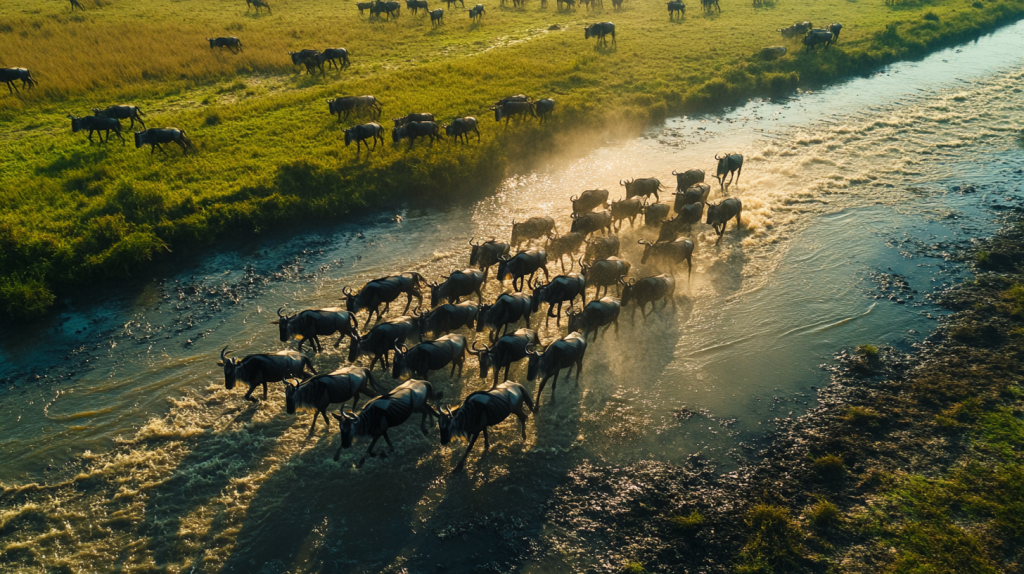Every year, millions of animals embark on incredible journeys across the globe. These migrations are driven by the need to find food, reproduce, or escape harsh weather. From tiny insects to massive whales, these treks are some of the most awe-inspiring spectacles in the natural world. Here are 15 astonishing animal migrations that will amaze you.
1. Monarch Butterflies
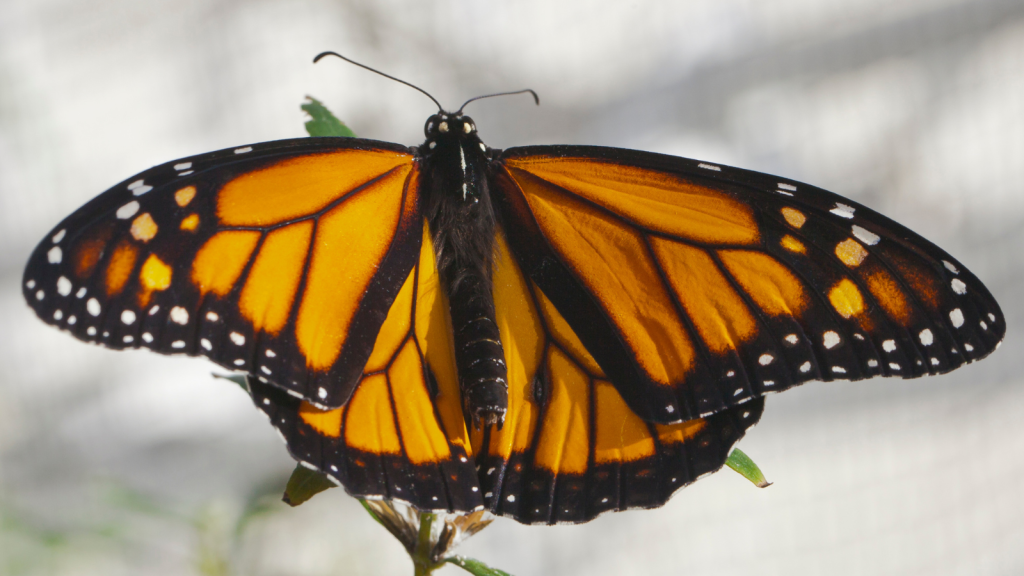
Monarch butterflies travel up to 3,000 miles from North America to central Mexico every fall. They migrate to escape the cold and find a more suitable environment for breeding. Their bright orange and black wings make them easy to spot, and they often gather in huge clusters, covering entire trees in a breathtaking display.
2. Wildebeest
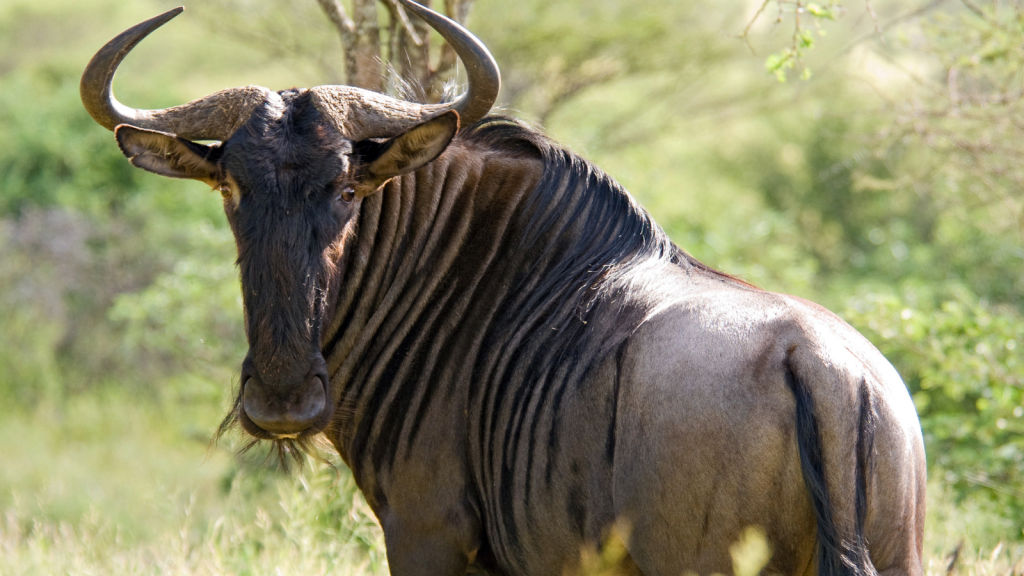
The Great Migration of wildebeest in East Africa is one of the most famous animal migrations. Over 1.5 million wildebeest, along with zebras and gazelles, move in a circular route between Tanzania’s Serengeti and Kenya’s Maasai Mara in search of fresh grazing. This migration is fraught with danger, as predators like lions and crocodiles lie in wait.
3. Arctic Terns
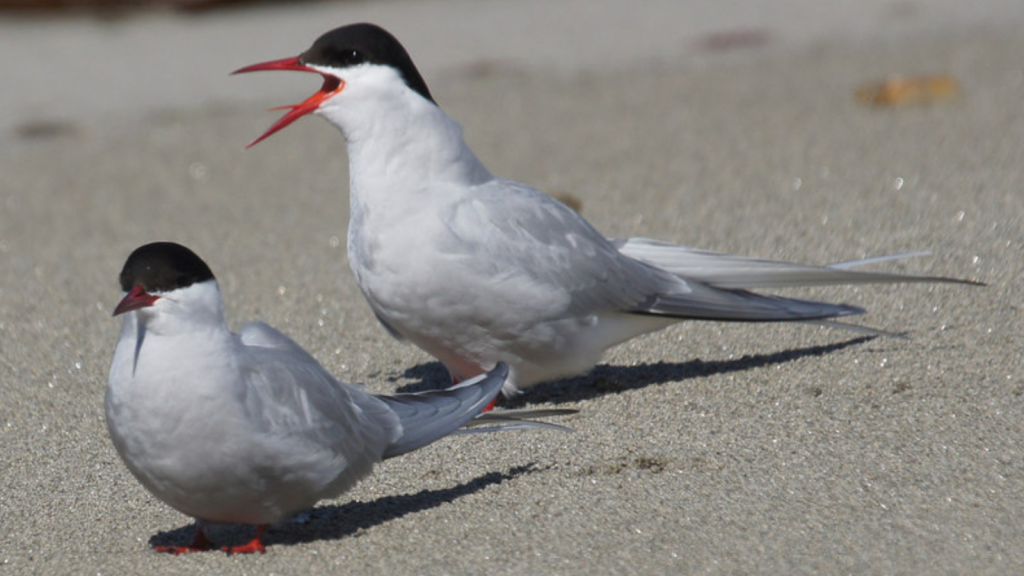
Arctic terns hold the record for the longest migration of any animal. They travel from their breeding grounds in the Arctic to the Antarctic and back each year, covering a distance of about 25,000 miles. This journey ensures they experience two summers and more daylight than any other creature on Earth.
4. Humpback Whales
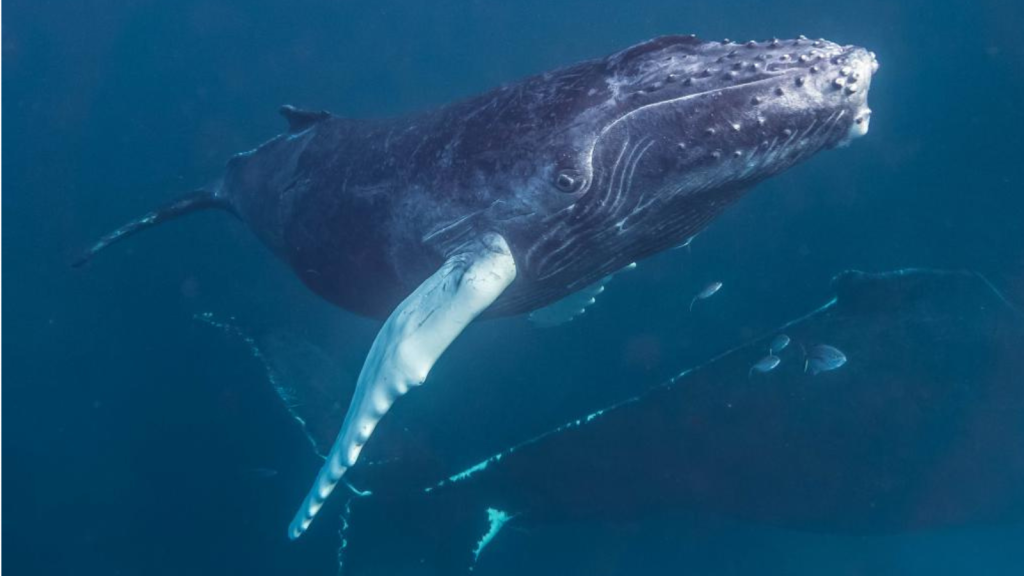
Humpback whales migrate up to 5,000 miles each way between their feeding grounds in the polar regions and their breeding grounds in tropical waters. These majestic creatures are known for their haunting songs, which can be heard during their migration. Watching a pod of humpback whales breach the water is a truly unforgettable sight.
5. Caribou
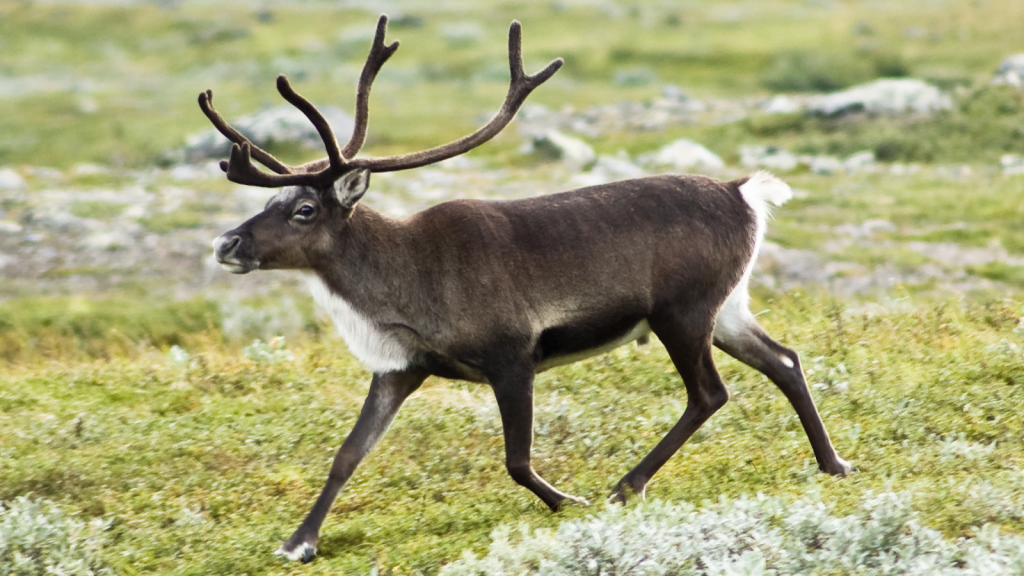
Caribou, also known as reindeer, migrate across the tundra and boreal forests of North America and Eurasia. They travel up to 3,000 miles annually, moving from wintering grounds to calving grounds. Their migrations are critical for finding food and avoiding harsh winter conditions.
6. Red Crabs of Christmas Island
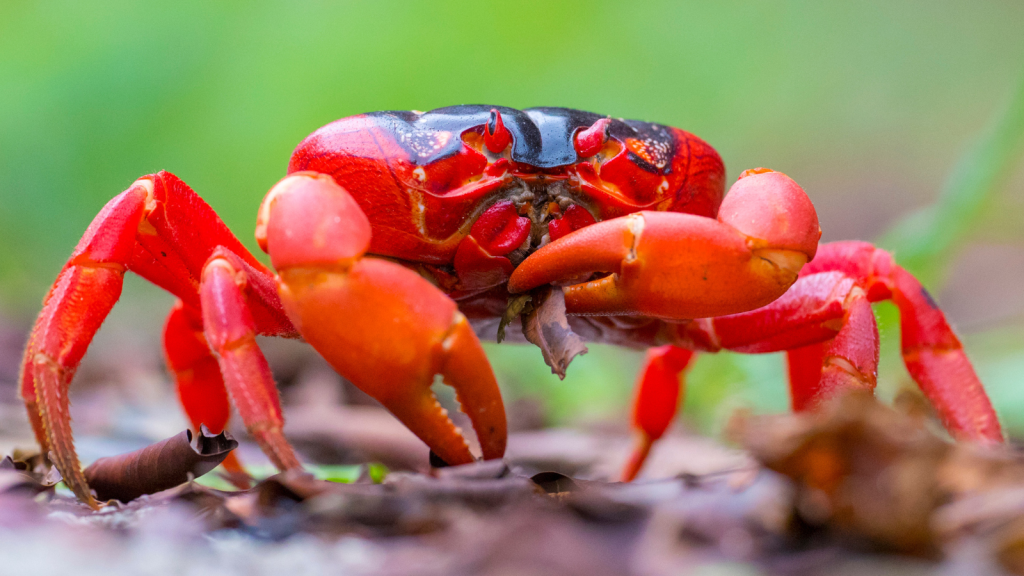
Every year, millions of red crabs on Christmas Island in the Indian Ocean make a spectacular migration from the forest to the coast to breed and lay their eggs. This usually happens around October and November. The roads and forests turn red with these tiny creatures, creating an incredible natural event.
7. Sockeye Salmon
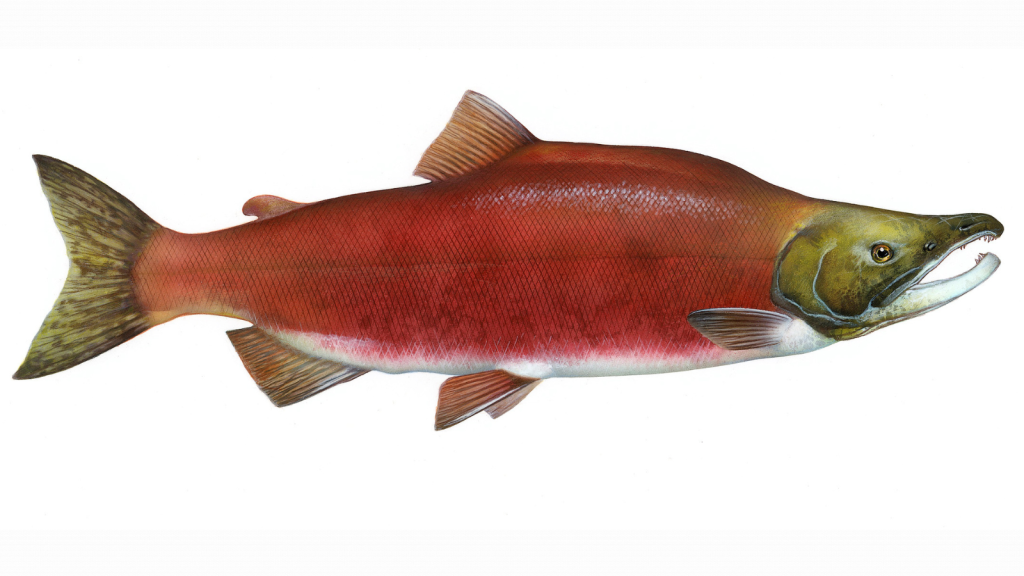
Sockeye salmon migrate from the ocean back to the freshwater streams where they were born to spawn. This journey can be over 1,000 miles long and involves swimming upstream against strong currents. The salmon must avoid predators like bears and eagles, making their migration a true test of endurance.
8. Zebras
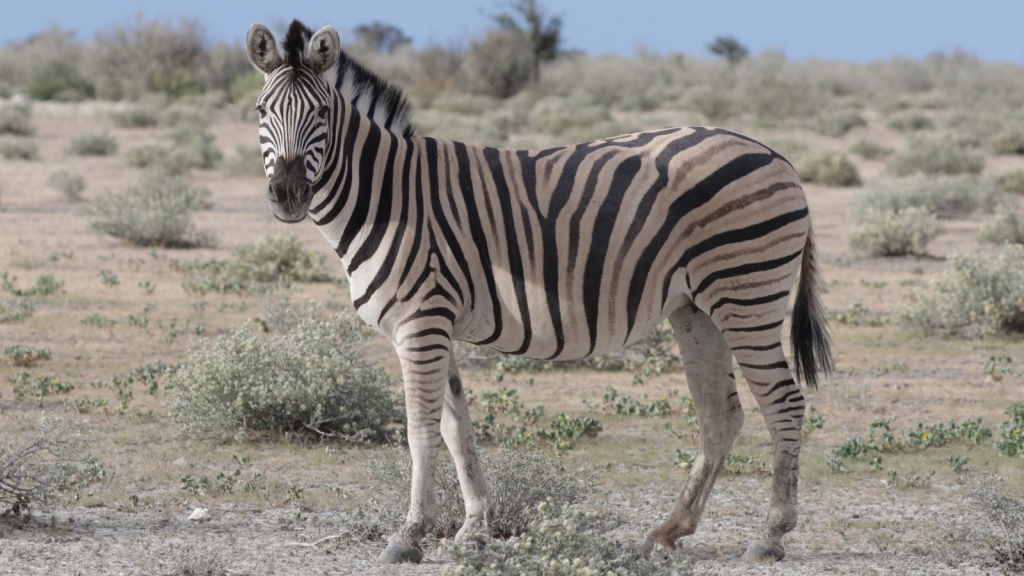
Zebras in the Serengeti and Maasai Mara also participate in the Great Migration alongside the wildebeest. They travel up to 1,800 miles in search of fresh grass and water. Zebras are key players in this migration, as their grazing habits help prepare the land for the wildebeest that follow.
9. Emperor Penguins
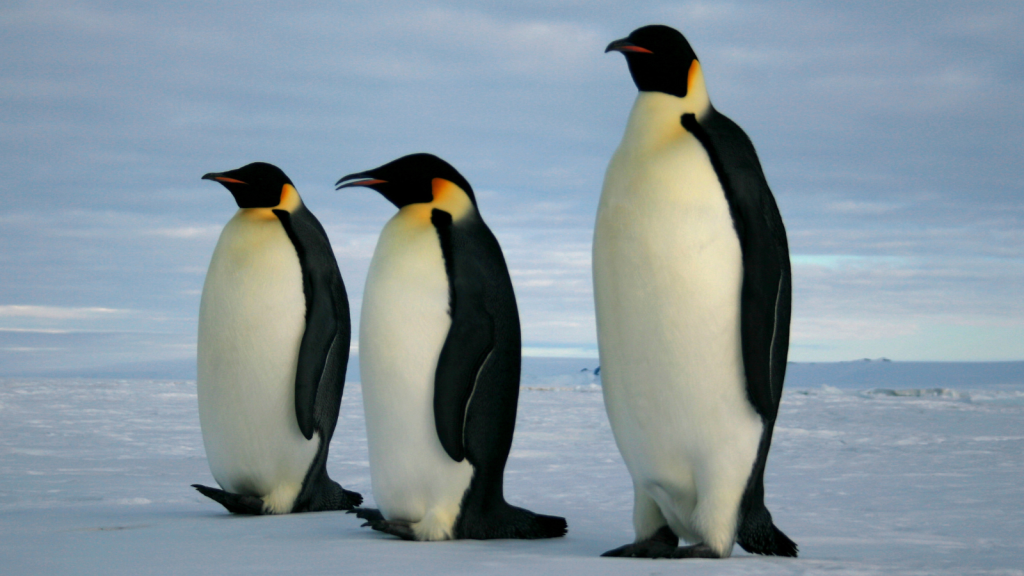
Emperor penguins trek up to 75 miles across the Antarctic ice to reach their breeding grounds. They endure extreme cold and harsh winds to find a safe place to lay their eggs. Male emperor penguins are responsible for incubating the eggs, balancing them on their feet and covering them with a flap of skin to keep them warm.
10. Sandhill Cranes
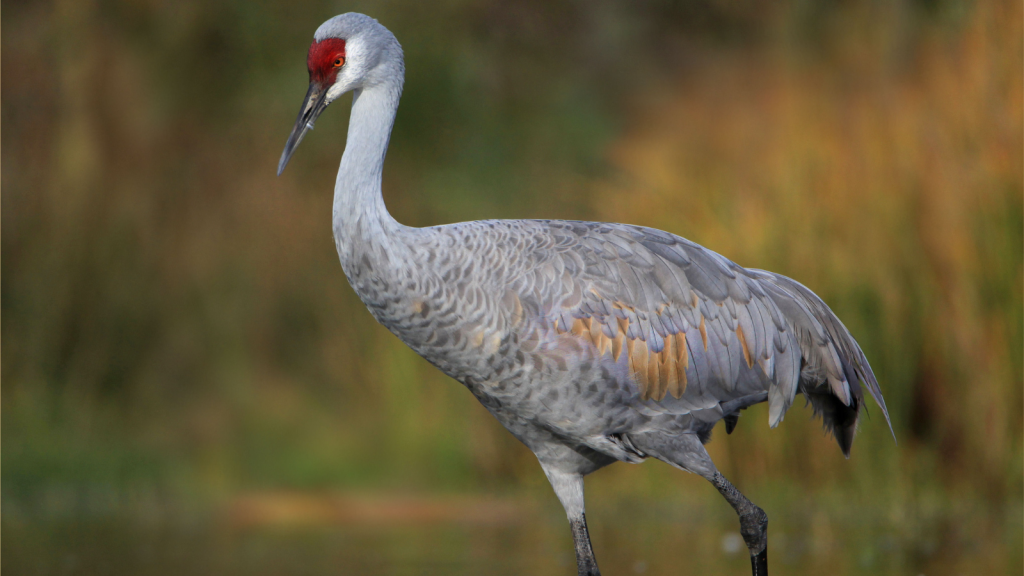
Sandhill cranes migrate from their breeding grounds in North America to their wintering grounds in the southern United States and Mexico. They travel in large flocks, flying in a V-formation to conserve energy. These elegant birds can cover up to 200 miles in a single day.
11. Leatherback Sea Turtles
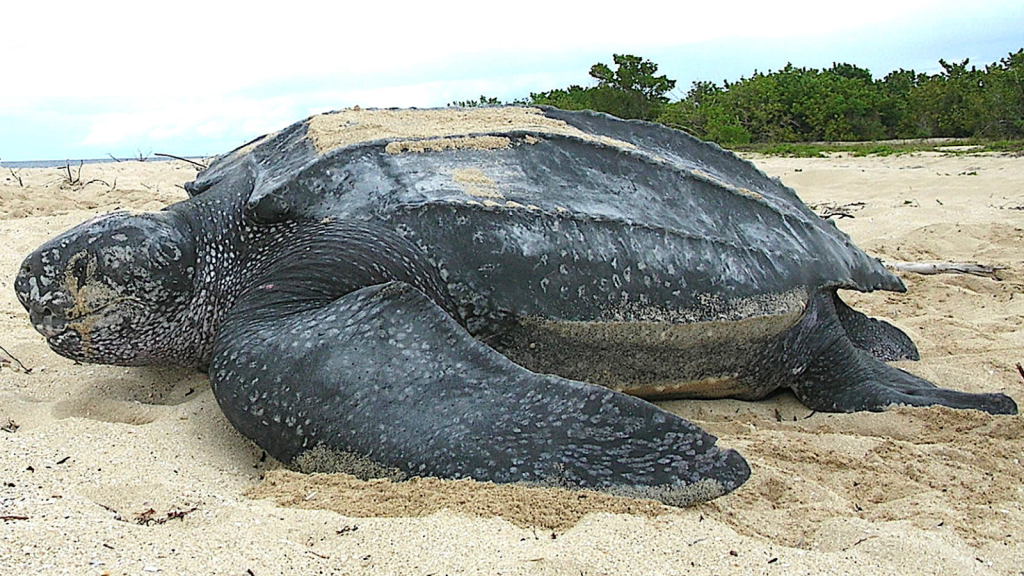
Leatherback sea turtles undertake long migrations from their feeding grounds to nesting beaches. They can travel over 10,000 miles between tropical and subtropical oceans. Female leatherbacks return to the same beaches where they were born to lay their eggs, ensuring the continuation of their species.
12. Dragonflies
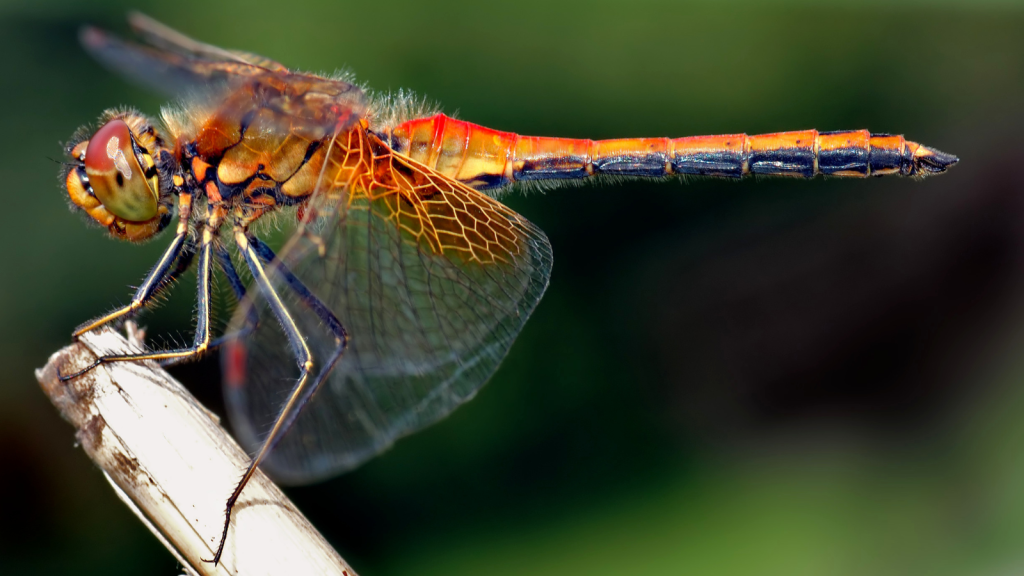
Some species of dragonflies, like the Globe Skimmer, migrate across continents. These tiny insects can travel over 11,000 miles from India to East Africa. They use favorable wind currents to help them on their journey, demonstrating incredible endurance for such small creatures.
13. Bar-headed Geese
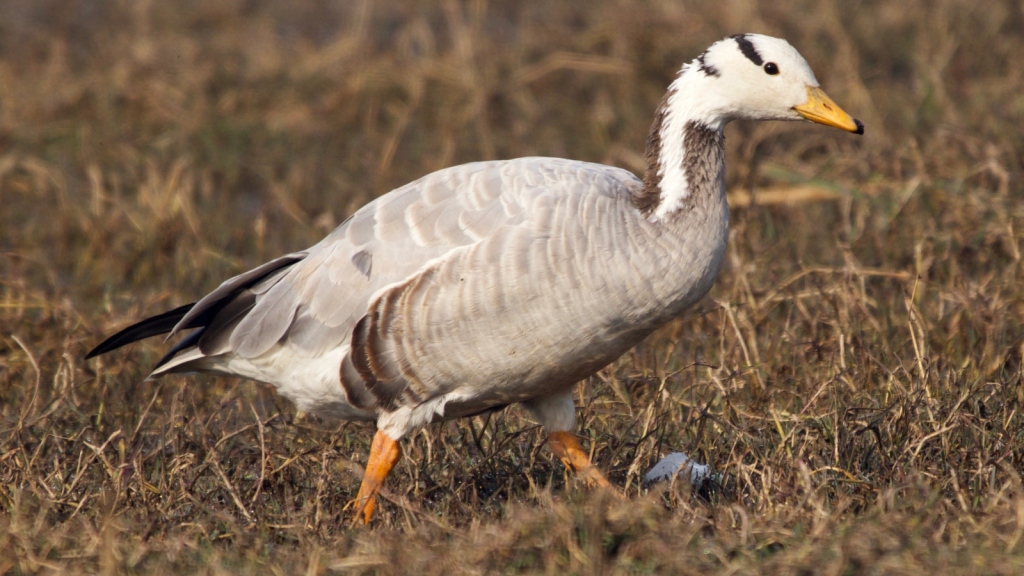
Bar-headed geese are known for their high-altitude migration over the Himalayas. They fly at altitudes of up to 29,000 feet, where oxygen levels are low and temperatures are freezing. This remarkable feat requires special adaptations, such as efficient breathing and powerful flight muscles.
14. Gray Whales
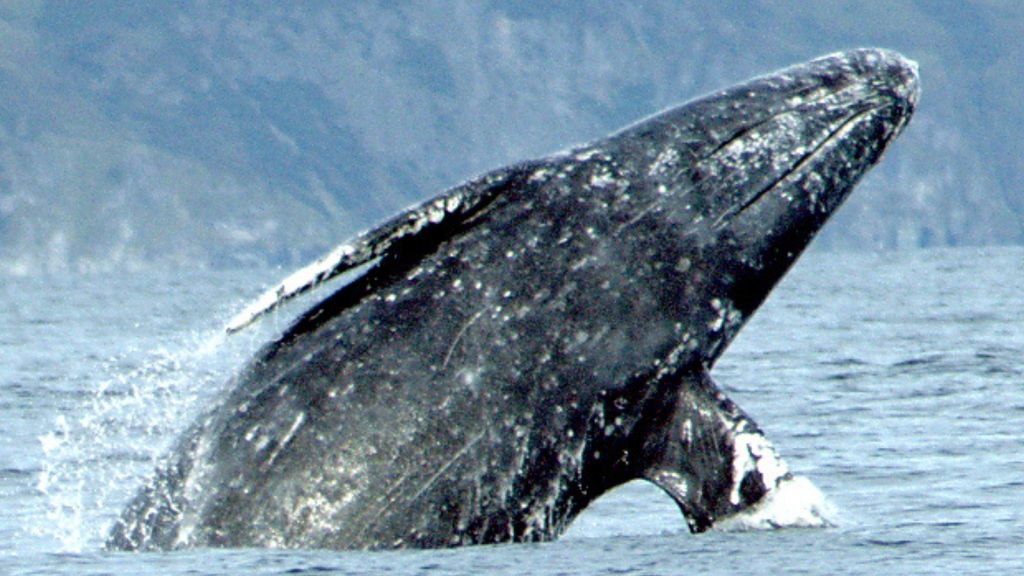
Gray whales migrate from their feeding grounds in the Arctic to the warmer waters off the coast of Mexico to give birth. This round-trip journey can be up to 12,000 miles. Gray whales are often seen breaching and spy-hopping, giving onlookers a fantastic view of their immense size.
15. Painted Lady Butterflies
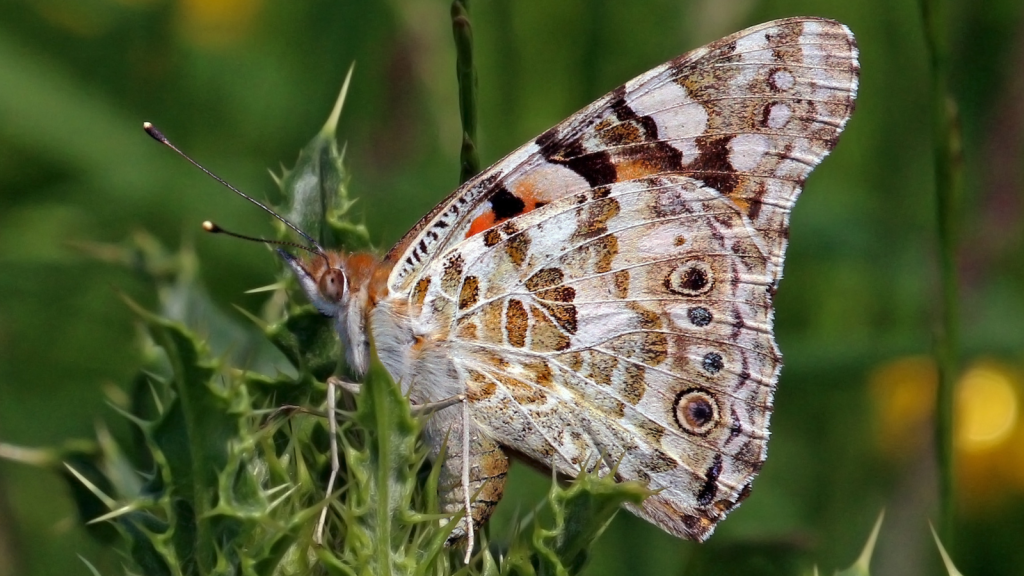
Painted lady butterflies undertake a multi-generational migration from North Africa to Europe and back. This journey spans several months and involves multiple generations of butterflies. They travel thousands of miles, navigating using the sun and Earth’s magnetic field.
Nature’s Incredible Journeys
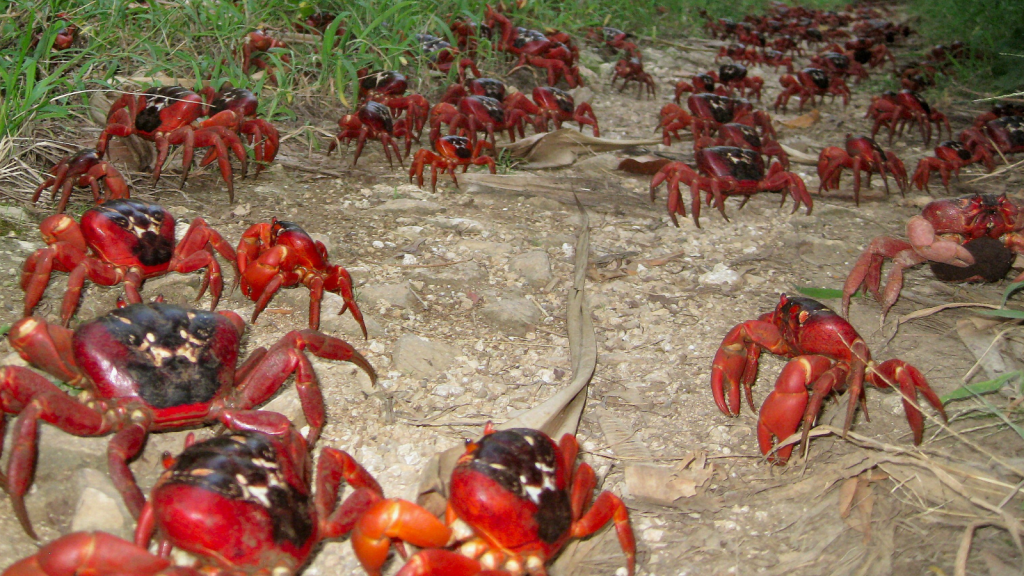
These incredible migrations show the resilience and adaptability of the animal kingdom. Whether traveling thousands of miles or just a few hundred, each journey is a testament to the wonders of nature.
Ellen has been obsessed with logic puzzles, jigsaws, and cryptograms since she was a kid. After learning she was taught how to play chess wrong by a family friend (so they could win), she joined her school chess club and the rest is history.
